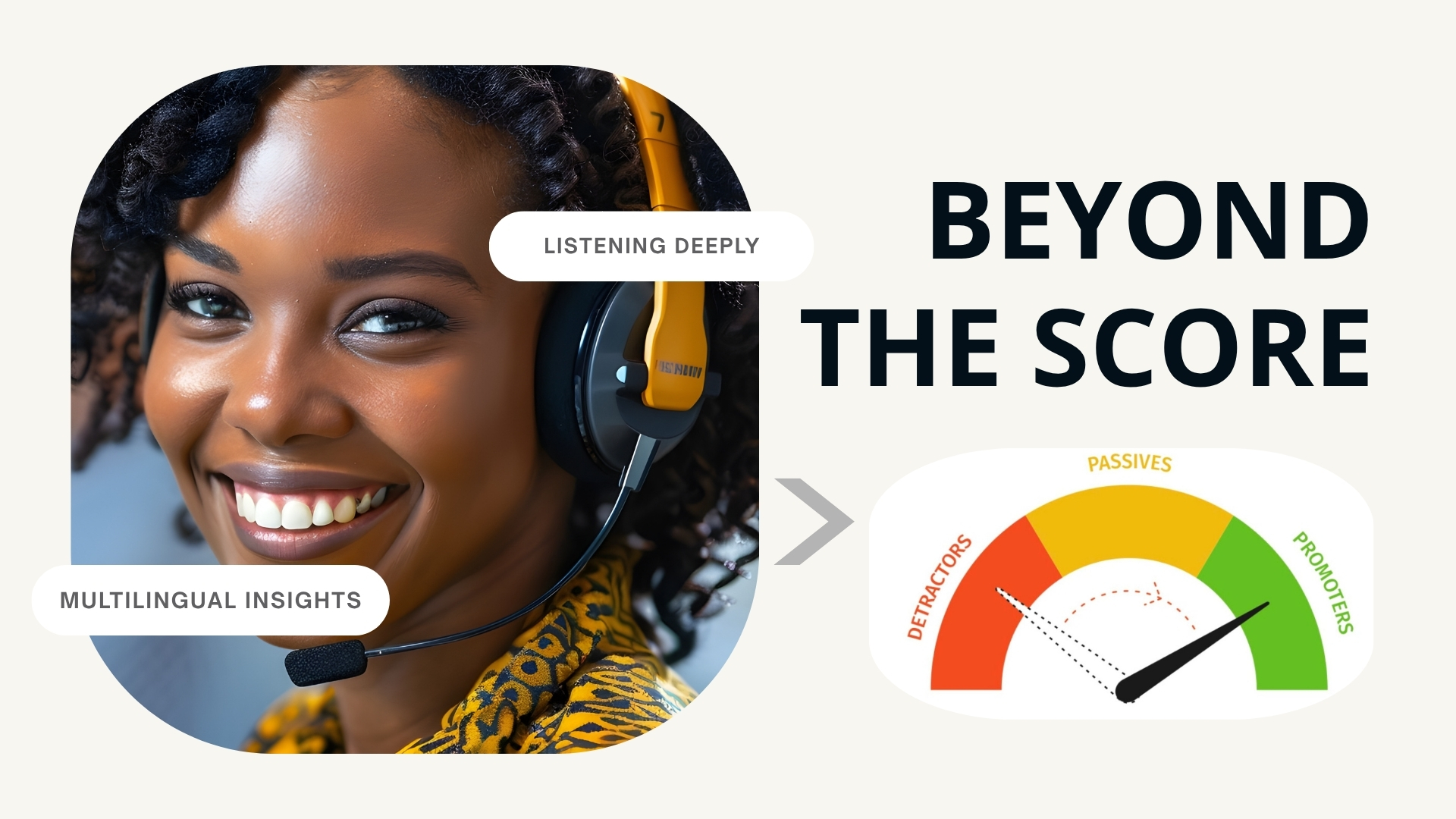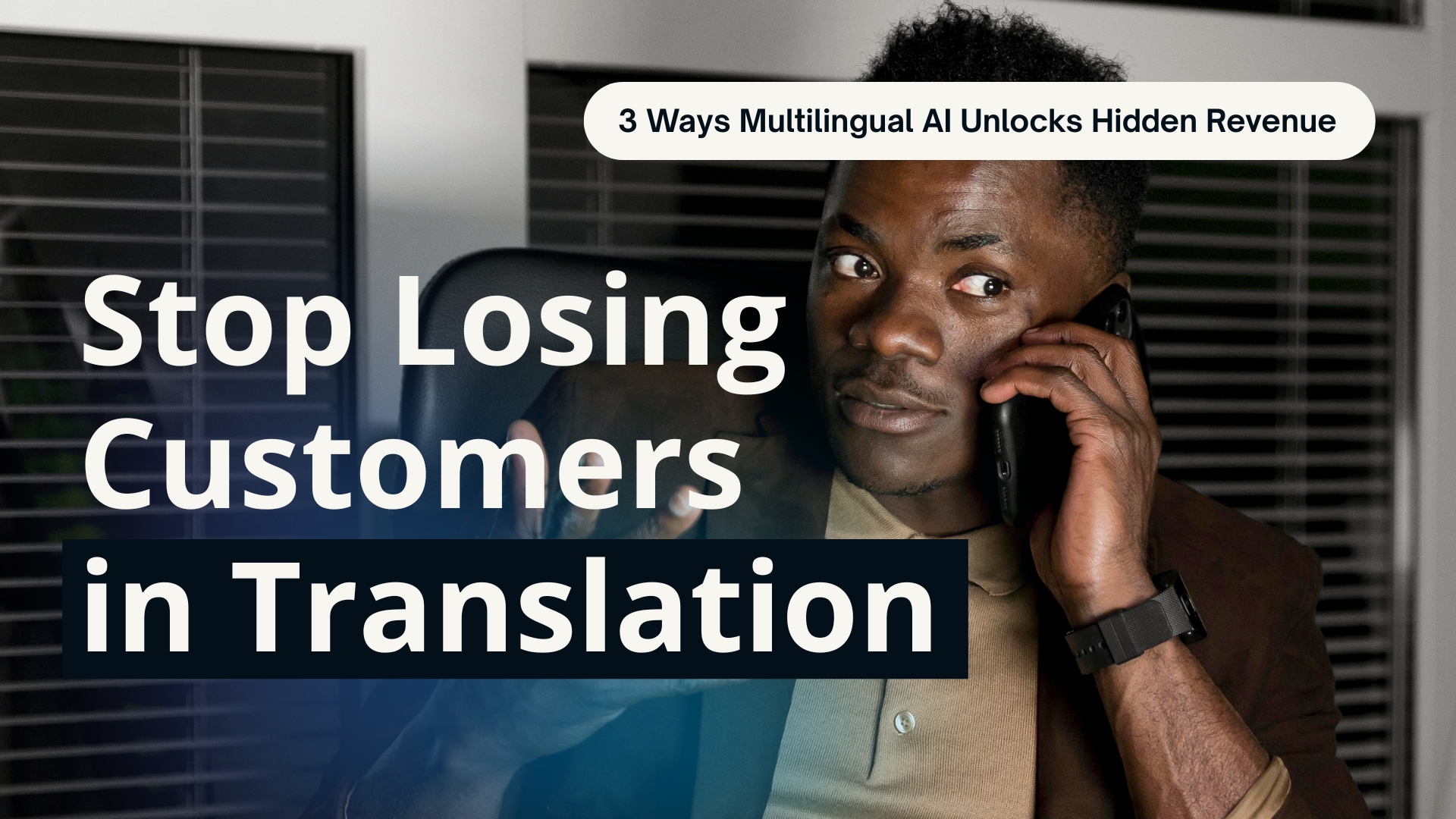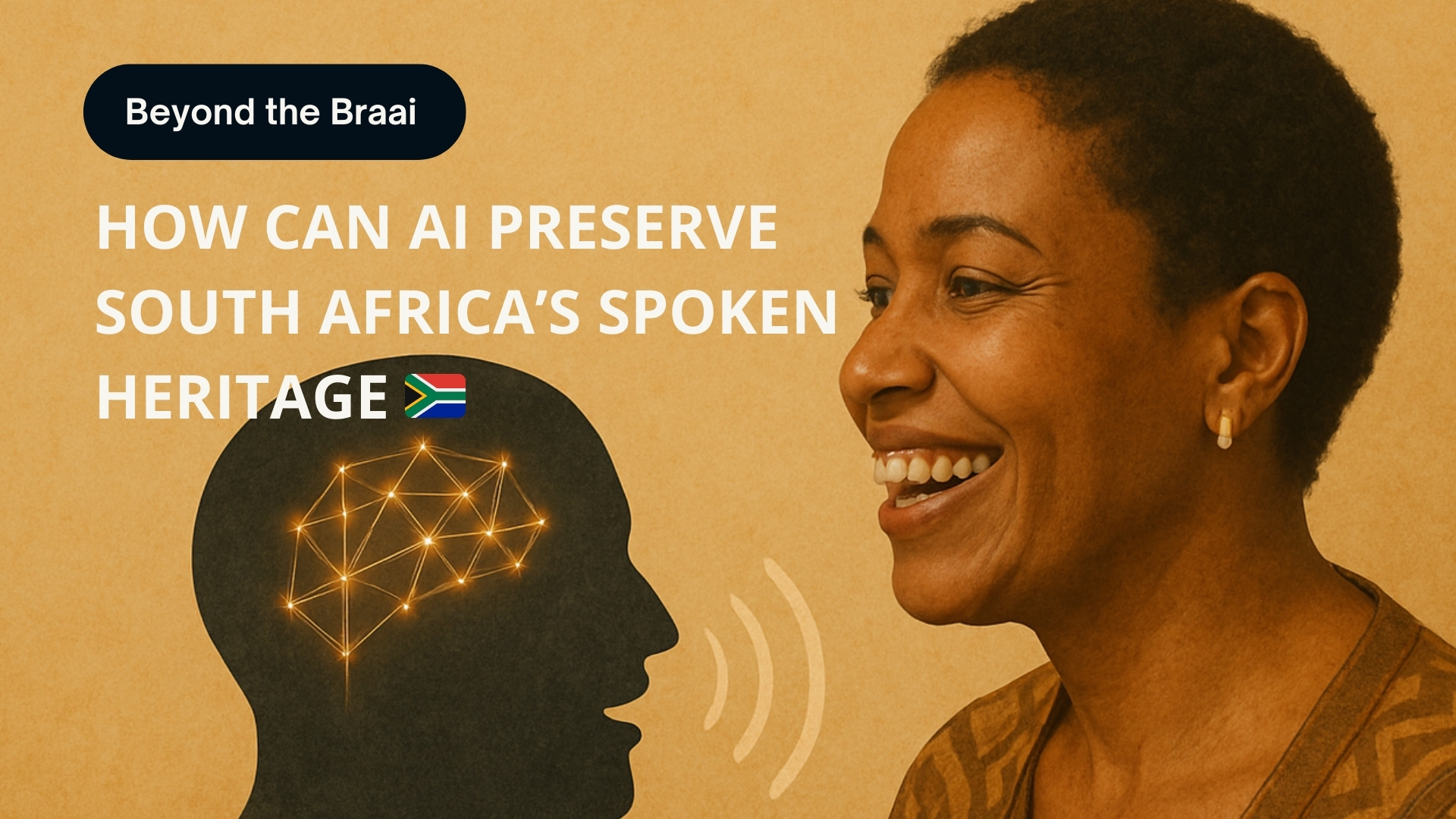The Fall of the NPS Era
For nearly two decades, Net Promoter Score (NPS) has reigned as the go-to metric for measuring customer loyalty. It’s simple, familiar, and widely used across industries. But even the firm that popularised it—Bain & Company—is beginning to shift its stance.
In a recent statement, Bain partner Richard Hatherall highlighted that true customer insight comes not from asking a numbered question, but from listening—to tone, language, and emotion.
This marks a significant turning point. NPS, once seen as a reliable North Star, is increasingly being exposed for what it is: reactive, shallow, and often disconnected from real action. Especially in B2B and multilingual markets like South Africa, it fails to reflect the full complexity of customer experience.
Why NPS Fails Modern Businesses
For years, the Net Promoter Score (NPS) has been the gold standard for measuring customer loyalty. It’s simple, widely adopted, and seemingly effective. Yet, a growing chorus of voices, including industry giants like Bain & Company, are now questioning its efficacy in today’s B2B and contact centres landscape, and here is why:
1. It’s Reactive, Not Proactive
The fundamental flaw of NPS lies in its timing. You only hear from customers after the fact—once something has already gone wrong or, conversely, gone exceptionally well. While this offers a snapshot of past sentiment, it utterly fails to help you anticipate issues, predict churn, or continuously improve your offerings in real-time. In a fast-paced market, waiting for a survey response means you’re always playing catch-up, rather than leading the curve.
2. It’s a Vanity Metric
Let’s be honest: for many businesses, NPS has devolved into little more than a “vanity metric.” It’s a number presented in boardrooms and touted in marketing materials, but often, not much is actually done with the results. A high score might feel good, but if it’s disconnected from real customer behaviour, operational changes, or genuine satisfaction improvements, it’s just a pat on the back. It distracts from the deeper, more complex work of truly understanding and serving your customers.
3. It Ignores Context and Nuance
A single “would you recommend us?” question, followed by a numerical rating, simply cannot capture the richness of a customer relationship or the complexity of their journey. NPS surveys notoriously ignore critical context and nuance. They don’t account for the tone of voice, the emotional sentiment, or linguistic or cultural nuances – a significant drawback, particularly for businesses operating in multilingual markets like South Africa. The story behind the score, the why of a customer’s feeling, remains untold.
4. Survey Fatigue and Low Participation
We’ve all been there: bombarded with surveys after every interaction. Most customers are tired of surveys—especially generic ones. In B2B and contact centre environments, response rates to NPS surveys are notoriously low. And when people do respond, it’s often those with extremely positive or negative experiences, skewing the data and making it harder to get an accurate picture of how your broader customer base actually feels.
Bain’s Pivot: Listening Over Asking
“You can work out what matters to customers from listening to the tone of their voice or emails.”
— Richard Hatherall, Bain & Company Partner
When one of the original champions of NPS publicly acknowledges its limitations, it signals a turning point in how businesses approach customer experience. Bain’s recent guidance encourages companies to stop relying solely on direct survey questions—and instead start listening more intelligently and continuously to what customers are already saying.
The message is clear: The future of customer insight is passive, contextual, and always-on.
This shift reflects what many customer-centric businesses have already realised—insight doesn’t only come from what customers explicitly tell you, but from the signals embedded in every interaction. The tone of a voice call. The emotion in an email. The pattern of words in a support ticket. This is where the real story lives.
For contact centres, this means leveraging tools that don’t just record conversations, but understand them. With AI-powered solutions like Vela by Botlhale AI, businesses can tap into nuanced sentiment, emerging topics, and behavioural trends—without having to ask the same tired questions over and over again.
Even legacy consulting firms are catching up to what forward-looking teams already know: the best insights come not from a score, but from listening with intelligence and intent.
What’s Next: The Case for Conversational Intelligence
If NPS is on its way out, what replaces it? The answer isn’t another score—it’s a smarter, more human approach to understanding customer experience. Enter conversational intelligence: the ability to automatically analyse the content, tone, and context of customer interactions.
At Botlhale AI, we believe the future of CX insight lies in listening deeply—not in forms, not in follow-up emails, and definitely not in a single number. Here’s why:
1. Sentiment and Tone Analysis
Our post-call analytics tool, Vela, is designed to understand what customers are feeling as they speak. Whether it’s frustration, hesitation, confusion, or satisfaction, Vela picks up on emotional cues in speech and text—no survey required. This gives businesses immediate visibility into the customer experience, enabling faster, more informed decision-making.
2. Multilingual Insights Matter
In multilingual markets like South Africa, traditional analytics often miss the mark. If feedback is only captured in English, it leaves out a huge portion of the customer base. Our language-first approach ensures that sentiment and intent are accurately captured regardless of language or accent – bringing true inclusivity to CX analytics.
3. Proactive Identification of CX Issues
Don’t wait for a customer to give you a bad score or lodge a formal complaint. With conversational intelligence, you can catch issues as they begin to surface: extended hold times, rising complaint volumes, or recurring negative keywords. Vela surfaces these signals early, so teams can respond before minor frustrations turn into major churn risks.
4. Richer, Deeper Data—No Surveys Required
Every interaction—be it a phone call, WhatsApp chat, or email—becomes a natural source of insight. With the right tools, businesses can analyse what actually happened, how it was handled, and how the customer felt—all without interrupting them to ask for feedback. This is how you move from reactive to responsive. From assumptions to understanding.
Move Beyond the Score
The message is clear: the world has moved on from the limitations of the Net Promoter Score. While NPS served its purpose for a time, its reactive nature, superficial insights, and inability to capture the full spectrum of customer sentiment no longer meet the demands of modern businesses.
Customers today aren’t just numbers on a scale—they’re individuals with complex needs, emotions, and expectations. In a landscape where loyalty is earned through empathy and speed, relying on outdated, one-dimensional metrics is no longer enough.
To truly understand your customers, you need to go deeper. You need tools that listen to what’s said and how it’s said. Tools that speak your customers’ languages. Tools that turn every interaction—no matter the channel—into a moment of insight.
If you’re ready to start listening—really listening—to your customers, contact us about how Botlhale AI can help you turn conversations into strategic insight.







